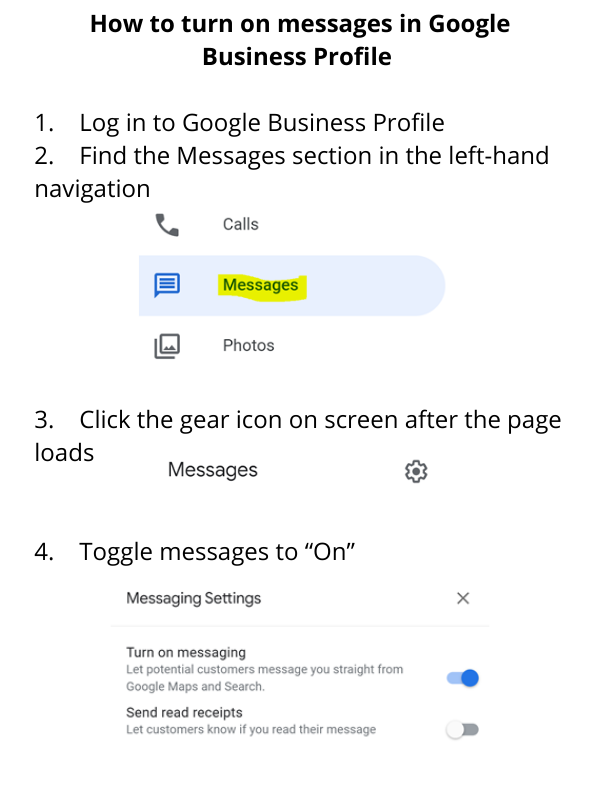
Social selling does not need to be a daunting task you set aside for the beginning of next year. You can take small steps toward perfecting your profile, responding to one more person each day and utilizing automation tools to ease the weight of your workload.
Let’s talk through six techniques you can use to flesh out your next virtual business development social media campaign to meet your lead quota.
Tip #1: Be Yourself
This concept has shifted over the last few years. Now, social media platforms want you to use your personal profile to build your brand. What does that mean? It’s time to get personal. Show your LinkedIn followers your work-from-home station, complete with snoozing cat to keep your feet warm.
If you’re only using social media from the standpoint of your brand’s company profile, then use your style guide to ensure consistency across all posts.
Personal: Build your personal brand. To keep you on track, build a mood board and include phrases you might use to remind yourself of who you are as a brand. Revisit your personal brand every few years to keep your profiles up-to-date.
Business: In all likelihood, your firm has a brand style guide. Use this tool to inform your voice, use imagery that best reflects your brand, and this should also include keywords you to use to reinforce your firm’s selling points.
Tip #2: Respond
It takes time, and it may heighten your anxiety at first, but you’ll soon get used to utilizing your social media inboxes much the same way as you use Outlook to respond to client requests.
Facebook: Facebook users treat Messages like phone calls. By this, we mean, they may ping your inbox before picking up the phone to see if you’re open, to inquire about a certain service or anything under the sun.
If you’re using a social scheduler like Hootsuite, you can respond to messages in multiple accounts from one platform.
Also, respond to comments. This will become even more important in the coming months, as Facebook phases out current message permanence (think of Snapchat, i.e., how your videos disappear after 24 hours.)
Personal: It’s easier to respond in a timely manner, when you’re using a personal account. You may need to be using your firm’s IP address when logging in to Lastpass to access the company LinkedIn, for example. That requires physically going to the office, or using a VPN, all of which takes time. The key here is to be prompt in your response. Some people are on social media 24/7 and they expect you to be as well. When using your personal account, remember to be your regular witty, colloquial, emoji-loving self. Try not to be too salesy when schmoozing with potential clients. Save that for the business replies.
Business: Make sure you have your style guide handy when responding to messages that land in your company inbox. Company messages tend to be brief, and professional. For example, you can respond to an inquiry with a timely reply like this: “Thank you for reaching out to COMPANY XYZ. We will get back to you as soon as we can. Hope you have a pleasant day!” If you go this route, you can use rules to send automatic replies to new inquiries. If there are multiple people accessing the account, make sure you include an identifier like “(~Tiffany, staff accountant)” at the end of your message so the next person knows who responded in the first place.
Google Business Profile: For businesses only, make sure your messages are turned on in Google Business Profile (formerly Google My Business).
The same goes for reviews. Reviews are integral to your lead generation, social media campaign and business development strategy. According to Qualtrics, 93% of consumers read reviews before making a purchase decision.
 Learn more tips for establishing your online presence in our blog here.
Learn more tips for establishing your online presence in our blog here.
Tip #3: Automation
Make the system work for you. You’re busy. When you’re a partner, manager or project manager, utilizing all the tools at your disposal seriously works to your advantage.
For example: On LinkedIn, you can use Sales Navigator to categorize leads so you know who is a lead and who is a peer from college. You’ll want to talk to them differently.
You can use a tool like PhantomBuster to reach out to potential clients and “connect” with them. This tool also has the capabilities to automatically send initial messages and replies to connections. This is helpful when you’re crunched for time. You can’t spend all of your time on social media, right?
Tip #4: Shake It Off
If a certain platform is not performing, if you’re not seeing any leads from it, and it’s just not proving of any value to you, leave it be.
One thing we tell clients at the beginning of their social media journey is to focus on one social media platform at a time.
Tip #5: One at a Time
You can’t scale every mountain at once, right? You have to learn your tools, possibly even buy tools, figure out if your audience is even on a certain platform, then develop your strategy.
- Pick Your Platform – For example: You hear everyone is back on Instagram. Should you be on Instagram? Instagram is a visual platform. If you’re selling cupcakes, architectural designs or even nonprofit memberships you may want to consider being on Instagram.
If you’re a professional service firm, it’s hard to visualize accounting, how to save money on taxes, etc. You could use a tax return image with a text overlay, but that’s not the point of this particular platform. Save the text overlays for your blog’s featured image.
- Do the Research – Learn the platform. Do the research to see if your target lead generation audience is even on said platform.
- Strategize – Your followers want to see consistent content. Social media algorithms like consistency. If you post every Wednesday at 2 p.m., you will rank higher in the feed. That’s one element of a good social media strategy: establishing timing.
Shareable content: Twitter and Facebook algorithms are changing such that even if you’re not friends with someone of necessarily following a certain page, you will see seemingly unrelated content in your feed because a friend of a friend of a friend of a friend commented on it. Make sure your content invites comments and shares.
Tip #6: Complete Your Profiles
This includes checking for typos, filling out everything you possibly can (for example: add a cover photo to LinkedIn, take skills tests, etc.) and ensuring your profiles look good. Take a step back, put yourself in your potential clients’ shoes and see if there isn’t something missing that can bring your profile from a B to an A+.
Ask Your Web Developer About Analytics
“He who hath not the measurement, hath no reason to doeth it.” Ok, that’s not a real quote, but it’s close. If you can’t measure your impact, why put forth the effort?
Before everything, every new social selling campaign, every virtual business development deployment, you must have your tracking in place. And tracking is different for every platform, hence the reason why you should tackle one platform at a time.
High level example: You can simply reference the referral source / medium in Google Analytics to track form submissions (lead capture) back to social media. However, it doesn’t get much more granular than that unless you add a UTM code. When you make this special code – that tells Analytics this lead came from Facebook, at 12:11 a.m., from the image of the architectural sketch, from your New Year’s campaign, from someone who lives in Chicago. This could change your entire strategy. With this information, you may want to segment your campaign to show your posts to a group of night owls vs a group of early risers.
On the flip side, if that image doesn’t perform, try the campaign again, with a different image. The same goes for timing, copy and more. The key to a successful social media campaign is experimenting.
If you’re rolling your eyes, that’s because you’re a partner or a manager, not a web developer. Ask your outsourced marketing agency or in-house web dev team to add tracking to any new element you add to your site for lead generation purposes.
Then you can improve your campaigns to get more leads, which is what we all want at the end of the day.
As always, let us know if you have any questions. We’re here to help you succeed and get the lead!
One last thing: When you’re the sales manager of a small firm, you could try delegating some of the load to a Brand Ambassador who can help drive even more leads from your combined social media profiles. Read this blog, for more information on that subject.





